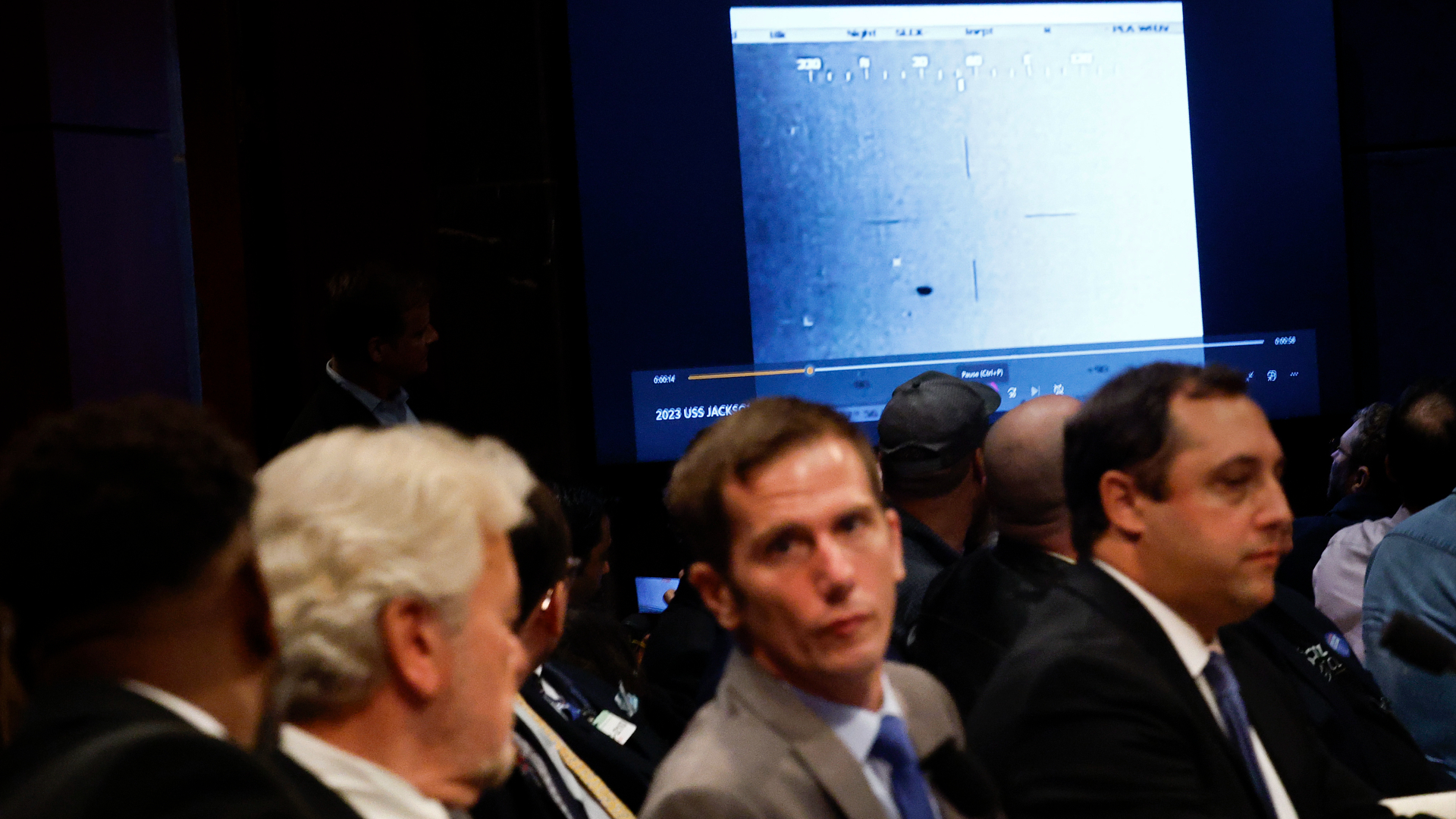Experts Examine Thread of Life In The Universe
BOULDER, Colorado- Consider it nothing short of the cosmic quest for all time: Understanding theorigin, evolution, distribution, and fate of life on Earth and in the Universe.
That's a tall order...but within the sights of expertsgathering here this week to take part in the 2005 Biennial Meeting of the NASAAstrobiology Institute.
From theformation and evolution of habitable worlds to the origins of life, extra-solarplanets, and future exploration technologies and strategies - dedicatedscientists are tackling big questions in a big universe.
Unanswered questions
There has been a salvo of new findings, just within the lastfew years alone.
Planet detection outside our solar system is on the upswing.The Huygens robot lander plopped down on Titan, a moon of Saturn. And informationcontinues to stream in from the Mars rovers, Spirit and Opportunity.
"Everything is accelerating...and astrobiology knowledge is acceleratingtoo," said Bruce Runnegar, Director of the NASA Astrobiology Institute (NAI), an international research consortiumwith central offices located at NASA Ames ResearchCenter in the heart of California's Silicon Valley."It's a wonderful time to be alive, but it is hard to deal with because thereare so many new discoveries and so much data," he told SPACE.com.
Breaking space news, the latest updates on rocket launches, skywatching events and more!
Runnegar said the field of astrobiology makes use of"multidisciplinarians" - individuals capable of cutting across and buildingbridges between disciplines.
NASA's visionary Moon, Marsand beyond is a major thrust, one that embraces astrobiology, Runnegar said.
"Astrobiology is importantnot only for those space exploration goals but also for understanding how wecan take life from here elsewhere...and what we should do with humanity as wemove out into space. It's central to the vision," Runnegar added.
There are unansweredquestions about our place in the Universe, as well as interest in exploring newterritories and new worlds, Runnegar said. "Both of those things, I think, aregoing to ultimately drive the exploration vision."
Scientists plugging away
The NAI is currently composed of 16 lead teams, which together representover 700 investigators across the United States. In addition, the NAIhas international partnerships with astrobiology research organizations aroundthe world.
DavidMorrison, NAI's senior scientist, said astrobiology is a growing field. Some ofthe leading research can be tied to events like the exploration of Mars with therovers, "but a lot of it is just individual scientists plugging away," he said.
"Most of itis not predictable," Morrison said, although planting an astrobiology sciencerover on Mars either in 2009 or 2011 is hopefully in the plans. Furthermore, hepointed to the Kepler Mission to be launched within the next few years. Thisspacecraft, for the first time, will search our galaxy for Earth-size or evensmaller planets.
"I can'tpredict what will be discovered in the coming years...but I think it's going tobe exciting," Morrison said.
Earth look-alikes?
The growingroster of planets found outside our solar system has shored up the prospect for"a whole lot of life" out there," said Jill Tarter, Director of The Center forthe Study of Life in the Universe at the SETI Institute in Mountain View,California.
"What afabulous opportunity to think about the boundaries of what that life might belike," Tarter said. "The planets are there. We can't deny that anymore. It'sreally setting the backdrop and driving forward everybody's thinking. So itjust gets more exciting to think about how nature might have generalizedbiology and geology," she said.
Tarter alsopointed to the Kepler mission and its future scouting for Earth-like planets."This decade we're going to be able to tell you something about thedemographics of terrestrial planets. Either they are prevalent or they are veryrare. But this is the decade to get those data," she said.
There willbe a capability of getting that answer, agreed Nick Woolf, an astronomer at theUniversity of Arizonain Tucson. Buthe's not ready to sign up for lots of Earth look-alikes out there.
"I startedoff expecting Earth-like planets to be very common...and have become steadilymore cautious," Woolf advised. "That does not mean that my change of opinion iscorrect. I believe that the attitude we should adopt at the present isagnostic."

Leonard David is an award-winning space journalist who has been reporting on space activities for more than 50 years. Currently writing as Space.com's Space Insider Columnist among his other projects, Leonard has authored numerous books on space exploration, Mars missions and more, with his latest being "Moon Rush: The New Space Race" published in 2019 by National Geographic. He also wrote "Mars: Our Future on the Red Planet" released in 2016 by National Geographic. Leonard has served as a correspondent for SpaceNews, Scientific American and Aerospace America for the AIAA. He has received many awards, including the first Ordway Award for Sustained Excellence in Spaceflight History in 2015 at the AAS Wernher von Braun Memorial Symposium. You can find out Leonard's latest project at his website and on Twitter.
